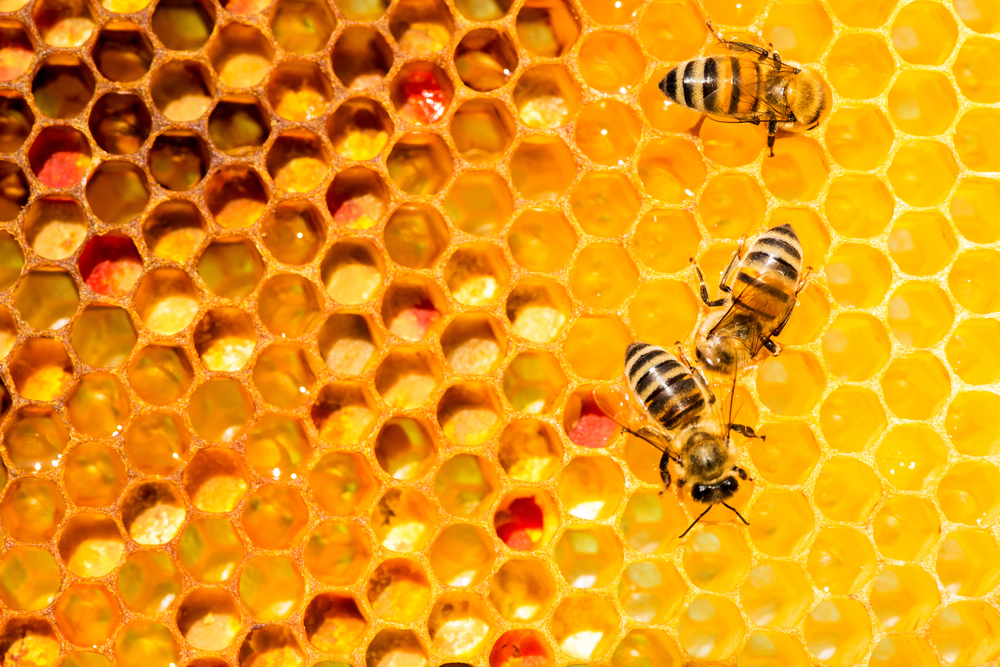
Mythology from around the world is typically filled with examples of animals or anthropomorphic beasts that aim to aid or plague mankind. Though the furry, feathery, and fishy tend to dominate most of the tales, there are countless examples of smaller critters playing pivotal parts in world legends. Insects and mythology both significantly predate modern human beings, but the creepy and crawly of the Earth were ancient by the time people started sharing their first stories around the fire. Curious about insects and mythology? Read on to learn more about the role that bees, butterflies, and other bugs have played in cultural lore.
The Obvious Part
Before looking at specifics, it can be interesting to note the commonalities found between the varying world myths related to bugs. In many cases, bugs play an important part in helping people discover certain treasures of nature. An obvious example of this is the bee guiding humans to honey and providing them with insight on how to best collect the material while preserving the hive. There are also many cultures that tell stories of the human spirit being connected to specific insects. In Japanese cultural art, for example, the soul is most often symbolized as a butterfly.
The Origin Tales of Insects and Mythology
Like many living creatures found around the world, bugs have wormed their way into a number of origin myths. In fact, one specific story says a bug birthed the human race. According to the San people of the Kalahari Desert of South Africa, there was once a strong bee that attempted to carry a full mantis across a river. Though the bee was not able to get the load across, it planted a single seed inside the mantis and left it on a flower. The seed was said to then blossom into the first person.
The God of Bees
Greek mythology is famous for having a pantheon of gods and goddesses representing almost every aspect of life and the natural world. It comes as no surprise that there was also a god associated with beekeeping. Aristaeus was the god who kept bees and was the patron of all those who followed the profession. According to myth, Aristaeus was accidentally responsible for the death of the nymph Eurydice. In retaliation, her sisters killed all of Aristaeus’ bees. To atone for her death, the god sacrificed several bulls and cows in memory of Eurydice.
Aristaeus was rewarded for his offering. Once the corpses of the animals decomposed, new hives of bees rose from their skeletons and provided the god with more bees than he had before.
The Plan “Bee”
The Hittite people who once lived in the region now known as Turkey had a very interesting story about a bee with an important mission. One story tells of Telipinu, the god of agriculture, who grew angry without clear reason. This anger prevented any plants from growing and stopped animals from reproducing, effectively crippling farms all over the land. Telipinu then vanished without a trace. The other deities went searching for him for a long while, though not one could locate the angry god.
As a backup plan, the mother goddess Hannahannah sent a bee to do the job that they could not. Eventually, the bee was successful in finding the god of agriculture. The bee proceeded to attack Telipinu by stinging him and covering his face with wax, resulting in the god growing angrier. This swell in anger was what the gods wanted. The goddess of medicine, Kamrusepa, was able to cast a spell that took all Telipinu’s anger and sent it to the realm of the dead. This, in turn, brought life back to the land.
Insects and Mythology: A Bug’s Life
It has been said that bugs are likely to be around long after the last humans die off. Whether or not this is true is left to be seen, but it goes without saying that insects and mythology will always have a strong connection.

